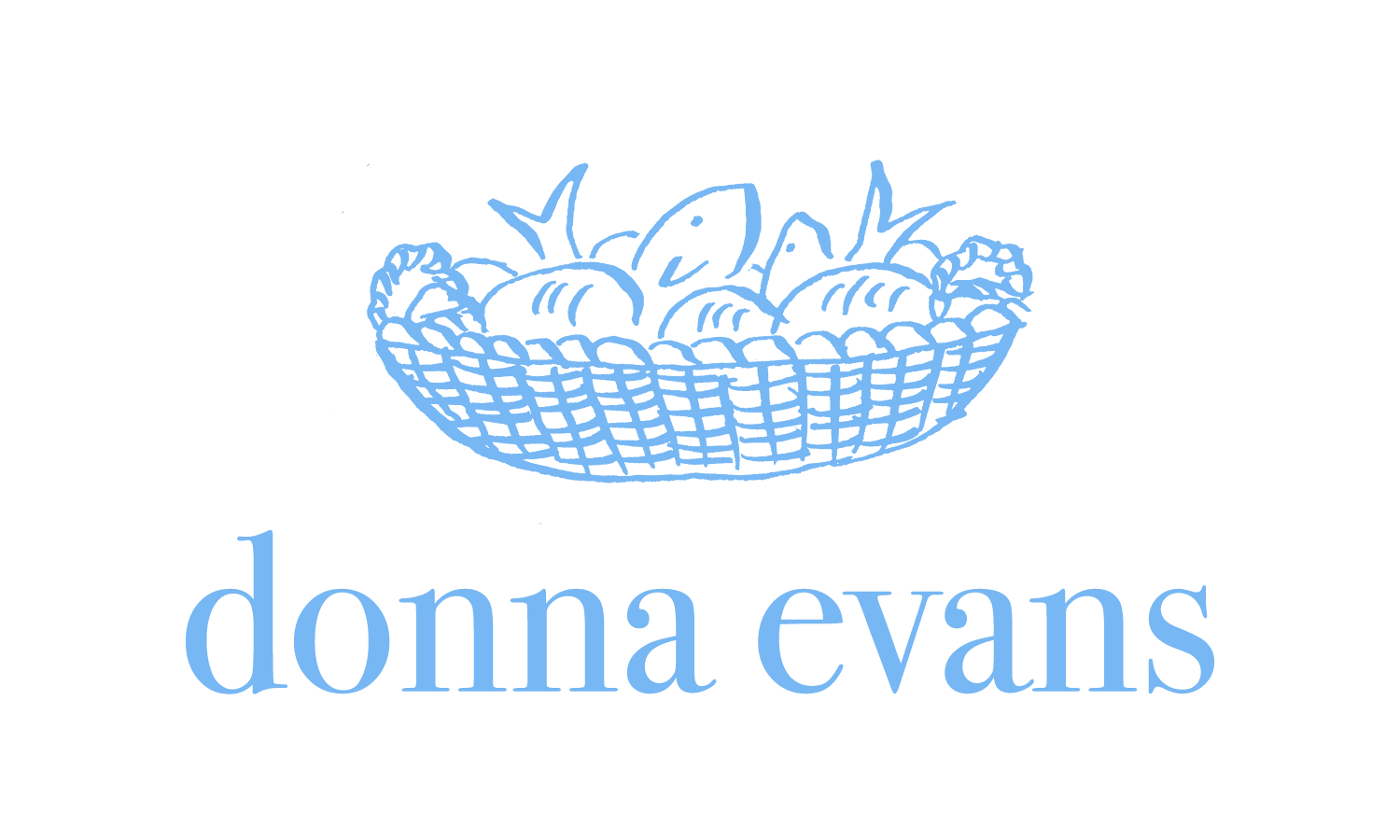Woven: Warp and Weft
"I want you woven into a tapestry of love."
Colossians 2:2 (MSG)
One of the greatest blessings of teaching is that I often learn more than I teach! Several years ago, I was teaching a group of older women whose Sunday School class is appropriately named The Faithful Followers. These women are rich, not just in years, but in life experiences.
"What comes to your mind when you think of the word 'woven'?" I asked.
Almost immediately the elderly women responded with words like "order," "texture," "design", "thread count," "richness in color." Two women, both of whom are artists, focused on what kind of canvas they would select for a painting. I wasn't even aware that there are differences in canvases, but a cotton canvas would be expected to last 100 years while a linen canvas could last 300 years! Who but artists would have known those differences?
By far, however, the response that amazed me came from a soft-spoken woman sitting in a corner of the room. Her immediate "warp and weft" response challenged and intrigued me. I had never heard the terms “warp and weft” so I had no idea what possible connection there could be with the word “woven.”
My older friend, an experienced and accomplished seamstress, patiently explained that "warp and weft" is the intersection of the vertical and horizontal threads of a fabric. Warp threads are vertical and provide most of a fabric's strength. By contrast, the horizontal weft threads provide support for a fabric’s framework while adding richness in color, beauty, and design. The tighter the warp and weft, the higher the thread count of the fabric, and the stronger the finished product.
Researching the warf and weft terms, I was immediately reminded of my childhood summers. As participants in my home church’s Vacation Bible School program, we often made our moms kitchen potholders by using small square frames and brightly colored yarn loops. We would weave the yarn vertically up and down and then horizontally in and out, until all of the threads formed a cohesive woven unit.
The warp and weft principle- the intersection of vertical and horizontal threads- is a great metaphor for describing God’s desire for our lives as Christians. Paul's prayer for the Colossians is for them (and us!) to be woven into a tapestry of love. The word "woven" means "to form by combining various elements or details into a connected whole." A woven Christian life has the vertical warp threads of worship and discipleship connecting us to God and providing us with strength and stability. The horizontal weft threads of community (in-reach) and evangelism (outreach) connect us relationally to others and provide us with support, service, and beauty.
Together all of the threads combine to form the fabric of our lives. When working properly, a seamless Christian life is characterized by strength, stability, service, and love. Paul once again helps us when he writes, “And over all these virtues put on love which is able to bind all things together in perfect unity.” Colossians 3:14 (NIV)
Most of us probably feel anything but seamless. Truthfully, I'm often frayed, frantic, and coming apart at the seams! Paul prays for us to be woven into a tapestry of love, in touch with everything there is to know about God. How is your personal warp and weft? Are you connected vertically to God through the disciplines of worship and discipleship? How are your horizontal relationships with your family, church, community, and the world?
God’s Divine Design is for each of us to be woven into a seamless tapestry of love, loving God first and then loving others.
“Love the Lord your God with all your heart and with all your soul. and with all your mind and with all your strength…Love your neighbor as yourself. There is no commandment greater than these.”
Mark 12:30-31 (NIV)




